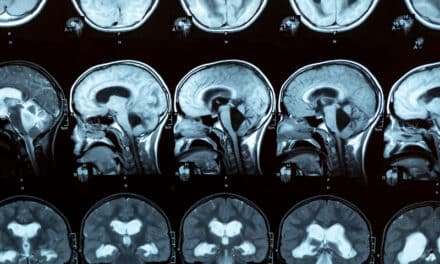Oakwood Village, Ohio-based ViewRay announces that UCLA Health joins the Siteman Cancer Center at Washington University in St. Louis, Seoul National University Hospital, and Amsterdam UMC in surpassing the treatment of 1,000 patients using the MRIdian MRI-guided radiation therapy system. UCLA Health is the fourth MRIdian center to reach this treatment milestone in bringing the benefits of MRI-guided radiation therapy to cancer patients.
UCLA Health was the third center in the world to acquire MRIdian technology, treating their first patient in October 2014. In 2019, the center upgraded to the MRIdian Linac system, which integrates MRI-guidance with linear accelerator delivery. UCLA Health treats a variety of cancers including pancreas, liver, and prostate. UCLA Health was a key collaborator in the development of the SMART Trial, a multi-center, prospective clinical trial for locally advanced or borderline pancreatic cancer.
The trial explores the clinical benefits of precise, high dose radiation therapy enabled by MR-guidance combined with daily on-table adaptation in the treatment of pancreatic cancer. “MRIdian is a highly refined [stereotactic body radiation therapy] device with particular ability to facilitate small treatment margins and to minimize dose to surrounding normal tissue and critical structures,” says Michael L. Steinberg, MD, chair of UCLA’s department of radiation oncology.
He adds, “Throughout our years using the system, we’ve come to understand how much tumor and normal tissue deformation occurs during and between each treatment. We are able to address these critical changes in anatomy with MRIdian’s on-table adaptive re-planning and real-time tissue tracking capabilities.”
The MRIdian system provides oncologists with strong anatomical visualization through diagnostic-quality MR images and the ability to adapt to the targeted cancer in real-time. This combination allows physicians to define tight treatment margins based on the daily anatomy to support the delivery of ablative radiation doses in five or fewer treatment sessions, without relying on fiducial markers.
Moreover, by enabling continuous tracking of the target and surrounding healthy tissue, MRIdian facilitates the automatic gating of the radiation beam if the target moves outside the user-defined margins. This allows for delivery of the prescribed dose to the target, while sparing surrounding healthy tissue and critical structures, which results in minimizing toxicities typically associated with conventional radiation therapy.






